Anyone who loves the vibrancy of outdoor life or the thrill of a road trip knows the heartbreak of being trapped in gridlock or worse, showing up late to an important event because of it.
Yet in many of the world’s most populous nations, what was once an occasional frustration has become the norm.
The daily commute is stretching longer and longer, and traffic has emerged as one of the most visible strains on modern urban life.
The latest figures from Numbeo’s 2025 Traffic Index highlight which also facilitates quality of life, show just how severe the issue has become.
The index, which blends commute times, wasted hours in congestion, inefficiency, and transport-related carbon emissions, paints a stark picture of countries where the cost of getting from point A to point B is at its highest. More than just an inconvenience, gridlock drains productivity, diminishes quality of life, and adds to already dangerous levels of pollution.
This report explores the top 10 countries with the highest Traffic Index in 2025, offering insight into the scale of the challenge and the patterns that unite the world’s most gridlocked nations.
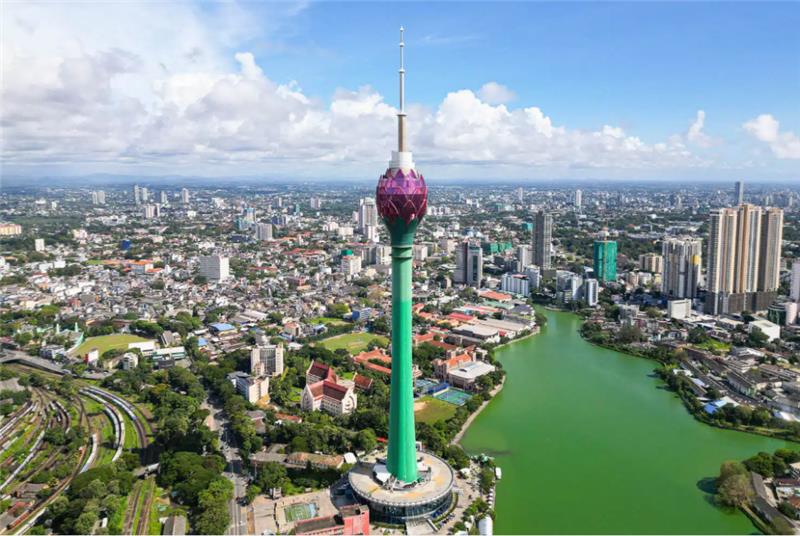
- Traffic Index: 256.8
Sri Lanka, with a Traffic Index of 256.8, faces some of the worst congestion in Colombo, where commutes average 54.2 minutes.
The stretch between Galle Road and Borella is particularly jammed, as are entry points from suburbs like Battaramulla and Maharagama. The Inefficiency Index of 356.3 reflects long delays, while the CO2 Index of 7229.9 highlights worsening pollution. Traffic in Colombo has become both a daily frustration and a drag on the island’s growing economy.

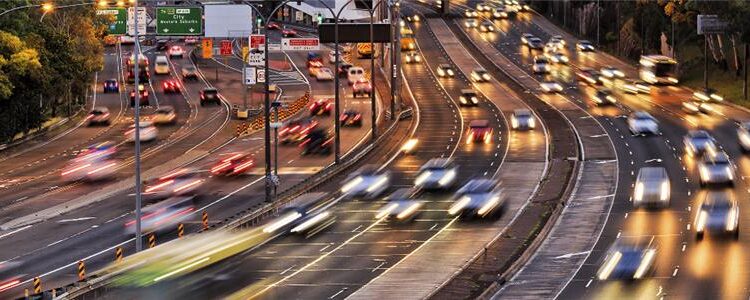






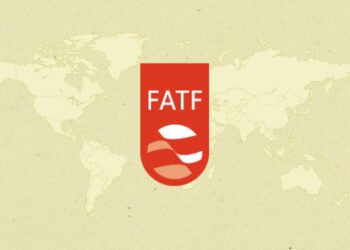
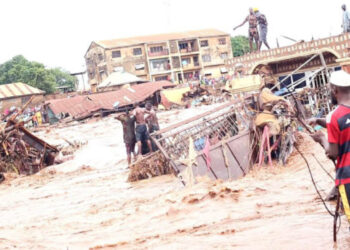
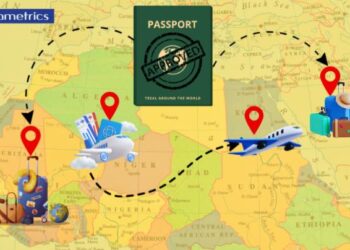


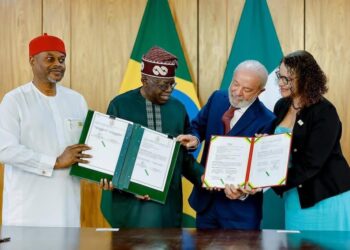












Gov. Sanwo should see where his inactions have put us. During Fashola tenure when there was the rule of law, it was much better. Now there’s a traffic economy. With beggars, traders, robbers, tauts, advertisers. Kiss goodbye to safe streets especially in Lagos.